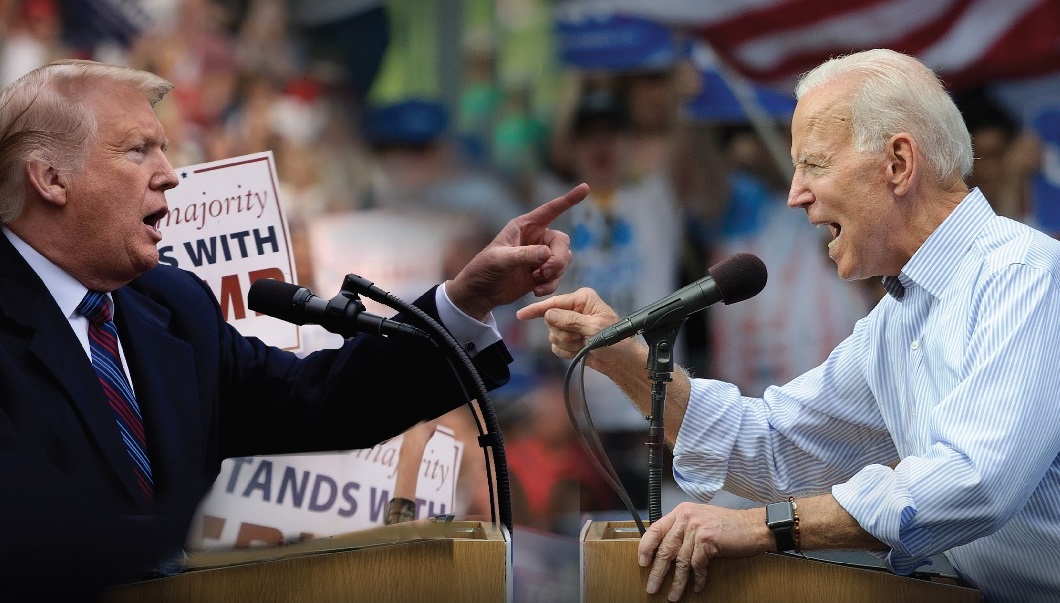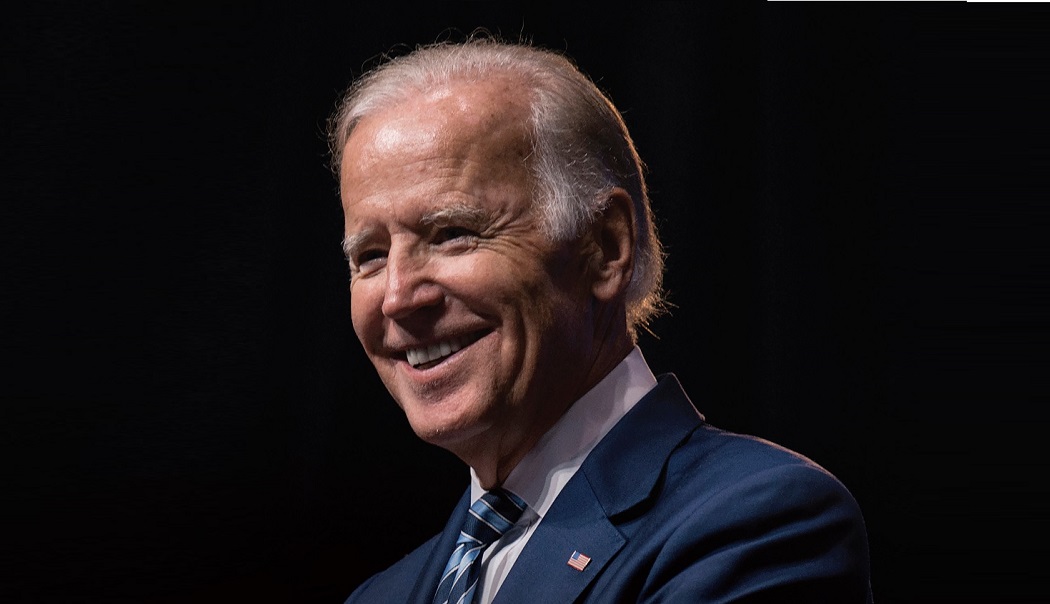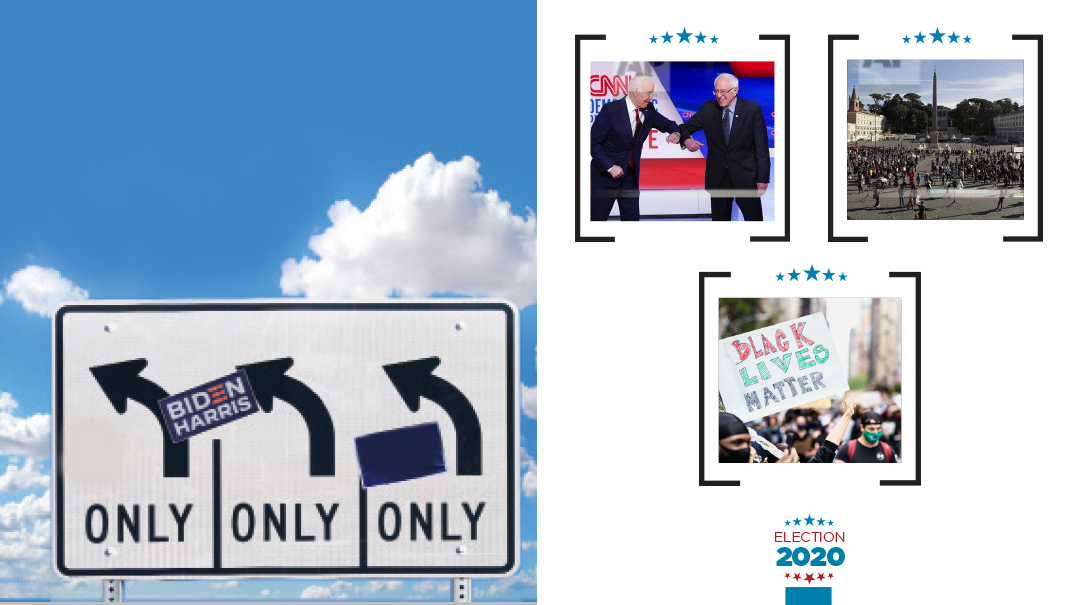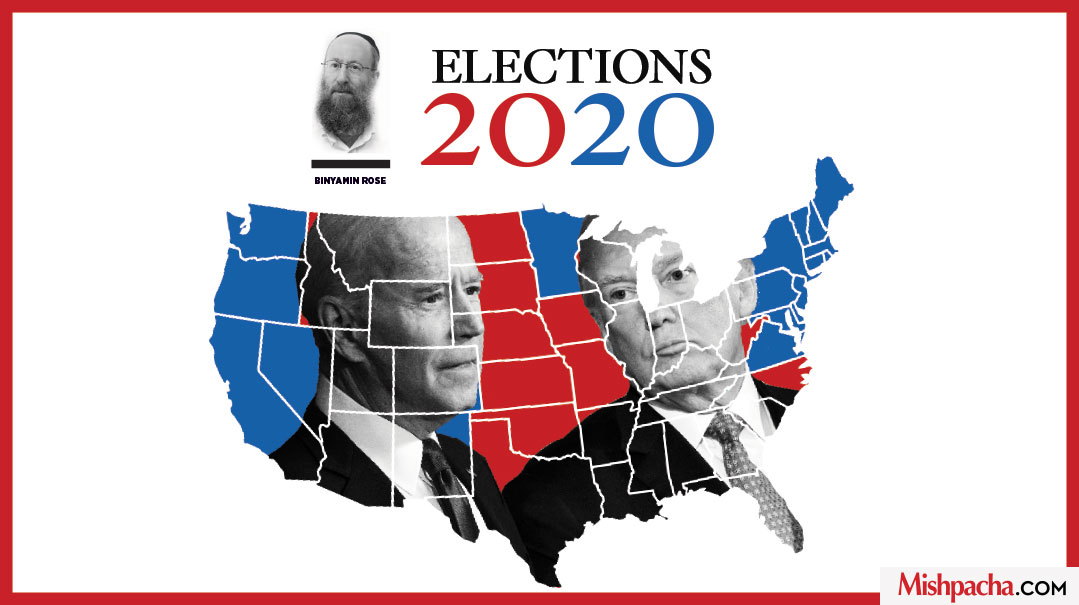Too Close to Call

We’re not the only ones in suspense after the election that isn’t over and may not be over until what Americans call “the weekend” at the earliest

W
e wish we could have declared a winner in the presidential sweepstakes by press time, as we have in the previous two elections.
Alas, to ensure that all of our readers worldwide receive their magazines before Shabbos, we were forced to close this supplement before conclusive results were available.
We’re not the only ones in suspense on Wednesday, the morning after the election that isn’t over and may not be over until what Americans call “the weekend” at the earliest.
At press time, Joe Biden was leading President Trump by 2-million votes in the basically meaningless popular vote. Fox News, who works in tandem with the Associated Press, had the Democratic challenger ahead of the incumbent Trump by 238 to 213 electoral votes. CNN had Biden ahead by a smaller margin, 220 to 213.
Five major swing states that will decide the election were still outstanding, Georgia, Wisconsin, North Carolina, Michigan and Pennsylvania. While President Trump led in all of them, the races were considered too close to call based on the number of still uncounted ballots.
Biden’s path to 270 seemed a bit more challenging at press time. To get to 270, he must overcome Trump’s advantage in a minimum of two of the five battleground states where Trump went to bed with a sizable lead.
Remaining in suspense for a few extra hours or days is small potatoes compared to the challenges America’s 50 states will face in future presidential elections.
Most political analysts were correct in presuming that the Trump-Biden race would be too close to call on election night. There were still threats of lawsuits hanging in the air as both Republicans and Democrats traded charges based on a variety of technical issues that arose with absentee ballots and the fear that some were tampered with or misplaced.
These issues, and others, will have to be sorted out. Not only to determine a winner so that all Americans can be confident that the final result was honest, even if the candidate of their choice lost, but certainly for future elections for the leader of the free world.
Oops! We could not locate your form.












